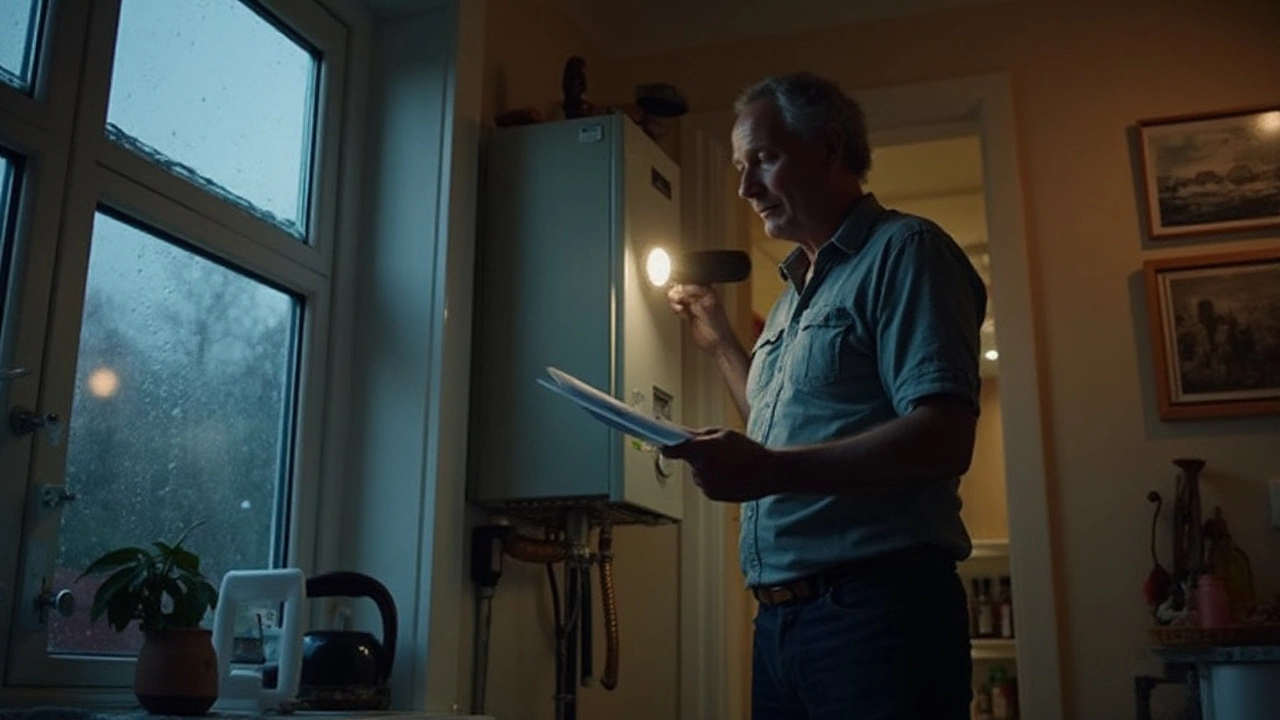Hot Water Problems – Fast Fixes, Causes & When to Call a Pro
Cold showers are the worst, right? Most hot water headaches come from a few simple things that you can check yourself before dialing a repair service. In this guide we’ll walk through the usual culprits, give you step‑by‑step checks, and highlight the signs that you need a qualified technician.
Common Causes of No Hot Water
First up, the thermostat. If it’s set too low or has drifted over time, the heater won’t fire up enough. Turning it up a few degrees often restores the heat. Next, the heating element. Over time mineral deposits build up, especially in hard‑water areas, and they can short out or reduce efficiency. A quick visual inspection for a cloudy or burnt‑looking element can tell you if it needs cleaning or replacement.
Another frequent offender is the anode rod. This metal stick sacrifices itself to protect the tank from corrosion. When it’s fully corroded, the tank can start rusting from the inside, leading to leaks and loss of heat. Swapping the rod out is cheap and can add years to your heater’s life.
DIY Checks Before You Call a Technician
Start by resetting the breaker or fuse that powers the heater. A tripped circuit is a sneaky reason for no hot water. If the breaker trips again, you’ve probably got an electrical fault and should stop the DIY route.
Next, look for any obvious leaks. A dripping tank or condensation around the base can signal a failing pressure‑relief valve or a cracked tank. Small leaks are sometimes fixable with a valve replacement, but a big crack means it’s time for a new unit.
Finally, run a quick flush. Turn off the power or gas, attach a garden hose to the drain valve, and let the water run until it’s clear. This clears sediment that can act like an insulating blanket, preventing the water from heating properly.
If after these steps you still have lukewarm water, it could be a more advanced issue like a faulty gas valve, a burnt‑out ignition controller, or internal corrosion that only a pro can diagnose. At that point, calling a local specialist—like Glastonbury Appliance Repair Services—ensures the job is done safely and quickly.
Remember, regular maintenance—checking the thermostat, flushing the tank once a year, and swapping the anode rod every 2‑3 years—keeps most hot water problems at bay. A little preventive care saves you time, money, and the annoyance of a cold shower when you need that morning boost.

Why Do I Have to Keep Resetting My Water Heater? Causes, Fixes & Expert Tips
Tired of constantly resetting your water heater just to get hot water? Learn what causes this problem, how to fix it, and expert tips you won't want to miss.

Troubleshooting Your Water Heater: First Checks for No Hot Water
Experiencing a sudden loss of hot water can be both inconvenient and frustrating. Before you call in a professional, there are several basic checks you can perform to potentially identify and resolve the issue yourself. Understanding your water heater system and knowing where to look for common problems can save time and money. This article breaks down the crucial first steps in diagnosing a no-hot-water scenario, including inspecting power sources and simple settings.